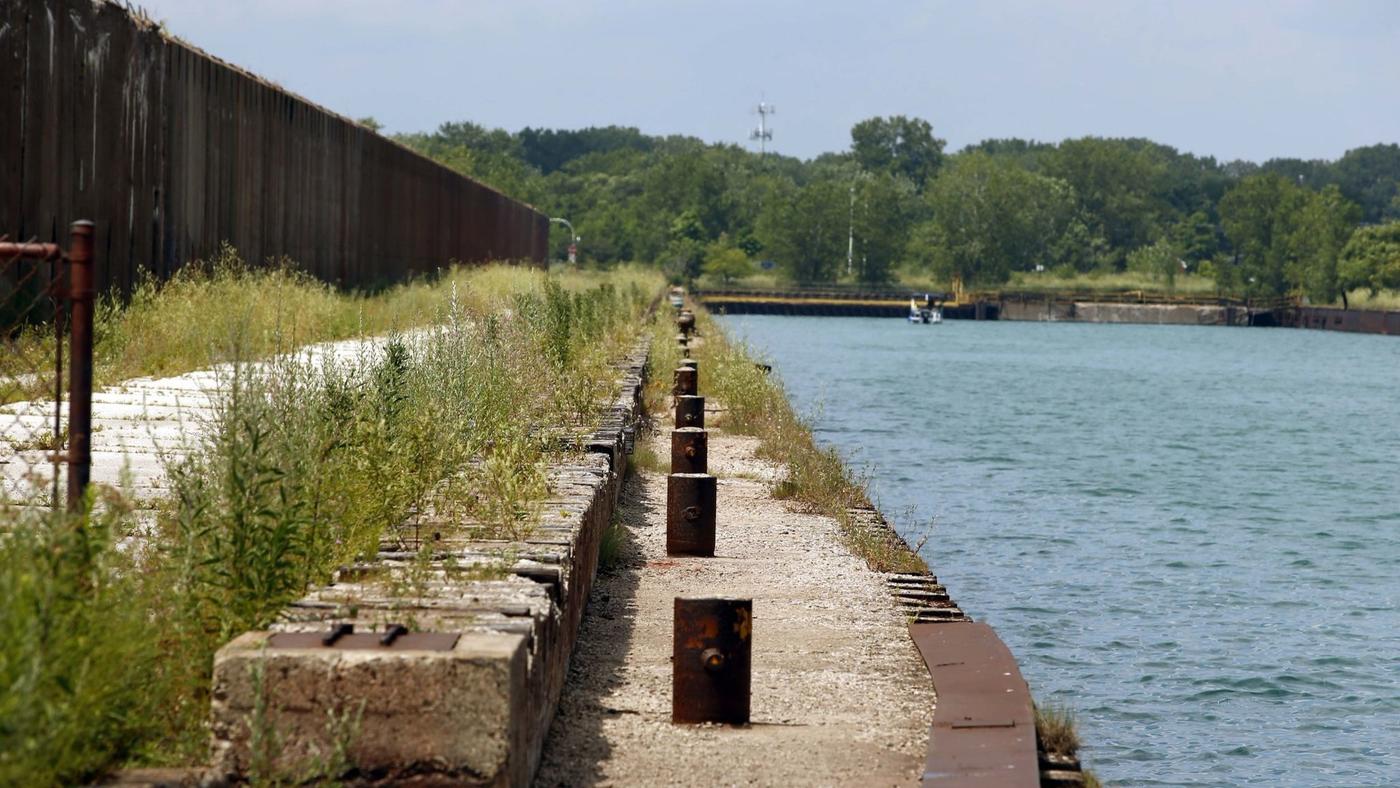Ryan OriContact ReporterChicago Tribune
More than eight months after two European developers unveiled a project to build 20,000 homes on Chicago’s south lakefront, the prospects of the ambitious project are in question.
Plans to buy South Works, the 440-acre former U.S. Steel factory site are “currently on hold because of soil contamination problems that need to be cleared,” Barcelona Housing Systems said in an emailed statement.
The firm did not respond to follow-up questions about the status of the project.
Neither the city nor others affiliated with the deal are saying much either.
Pittsburgh-based U.S. Steel, however, said the site has already been cleaned up with the guidance of the U.S. Environmental Protection Agency and is ready to be redeveloped.
Hopes have been high for the property since August, when Mayor Rahm Emanuel announced that Barcelona Housing and partner Emerald Living, a unit of Dublin-based WElink Group planned to buy and redevelop the site that runs along Lake Michigan from 79th Street to the Calumet River. The project called for building 20,000 modular homes, and possibly retail and office space.
If built, the project also would include a factory to make components for modular homes.
Jobs in the factory, as well as a multibillion-dollar investment in a real estate development, could be transformational for an area of Chicago that has lost jobs and population in recent decades. The South Works steel plant closed in 1992 and was later demolished. Neighbors and politicians have had their hopes raised in the past, only to have other redevelopment plans fall through.
Most recently, Chicago-based McCaffery Interests and U.S. Steel spent more than a decade planning a redevelopment of the site that would have included thousands of homes, millions of square feet of commercial space and a marina.
The partners ended their agreement in 2016, and U.S. Steel hired a team of Cushman & Wakefield brokers to seek a buyer for the site.
The European firms had a five-month period to conduct due diligence, including environmental tests, according to the Barcelona Housing email, which said the firm later received a five-month extension until mid-May “after contaminants were found.”
It’s unclear how much environmental remediation the developers believe the site needs, or how much it would cost.
Mayoral spokesman Grant Klinzman and a Cushman & Wakefield spokeswoman declined to comment.
U.S. Steel spokeswoman Meghan Cox said the steel giant already worked with the EPA on a remediation plan that began in 1993.
“The result of this cooperative effort has been the issuance of a series of No Further Remediation (NFR) notices to U.S. Steel indicating that the results of the company’s remediation efforts have met the agency’s threshold for completion,” Cox said in an email.
She declined to comment on the status of the sale to Emerald Living and Barcelona Housing.
Dan McCaffery, CEO of McCaffery Interests, said his firm was unaware of a need for additional environmental work during its development efforts.
Renderings of the South Works redevelopment, still shown on the Spanish firm’s website, show low-rise and midrise residential buildings, pedestrian and bike paths, parks and waterfront walkways along boat docks.
Because the development would be so large, it would likely be constructed in several phases over the course of a decade or more.
Megadevelopments such as this one are difficult to plan for any site, and they can be even more challenging to finance on a site surrounded by lower-income neighborhoods. The location is also difficult to access by public transportation.
The South Works site does benefit from an extension of Lake Shore Drive to the site as well as lakeshore frontage and views of Chicago’s skyline.







